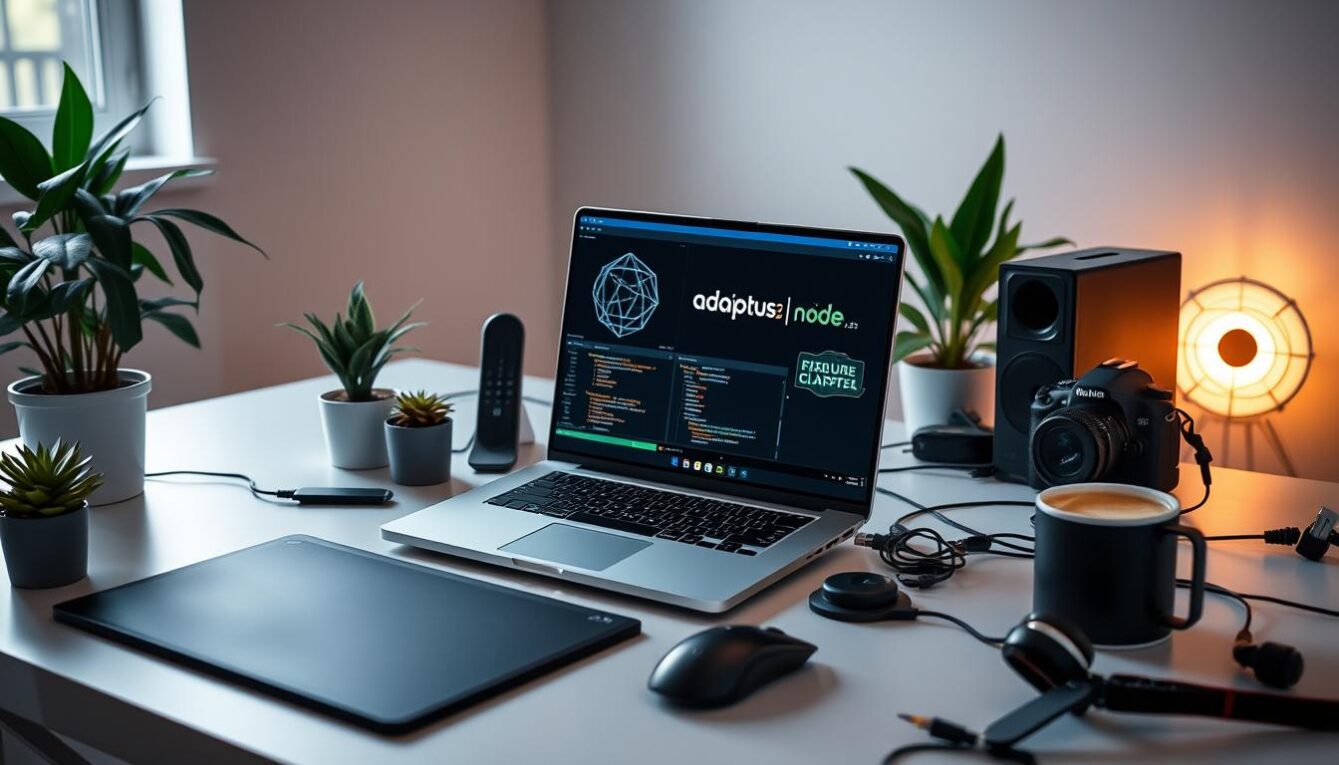Best Practices for Software Engineers
Software engineering is a critical discipline that requires a high level of expertise, precision, and attention to detail. As the demand for software developers continues to grow, it is increasingly essential for software engineers to be knowledgeable about the best practices and techniques used in the industry. This article will provide an in-depth guide to the eight best practices for software engineers.
1. Write Clean, Modular Code
One of the crucial elements in software engineering is authoring neat, modular code. Modular code is simple to comprehend and manage and less susceptible to errors and defects. Furthermore, a meticulously crafted codebase seamlessly incorporates new features or modifies current functionality. To ensure that clean and modular code is written, it is imperative to observe established best practices such as employing descriptive variable names, annotating the code with comments, and consistently adhering to a coding style.
Testing is an essential part of software development, and starting testing as early as possible in the development process is essential. This allows you to catch bugs and other issues before they become significant problems. Furthermore, It is also important to test often, as changes to the codebase can have unintended consequences that can only be detected through testing. To ensure that your software is thoroughly tested, it is recommended to use a combination of manual and automated testing tools.
3. Use Source Control
Source control is an essential tool for software development, as it allows you to manage changes to the codebase, collaborate with others, and keep a record of your work. Many source control systems, including Git, Mercurial, and Subversion, are available. Choosing a source control system that fits your needs and using it consistently throughout development is essential.
4. Continuously Integrate and Deploy
Continuous integration (CI) and continuous deployment (CD) are essential practices that help you deliver high-quality software quickly and reliably. CI and CD allow you to automate the build and deployment processes, making it possible to deploy new software versions more frequently and with less effort. To implement CI and CD, choosing a tool that fits your needs and configuring it to run builds and deployments automatically regularly is essential.
5. Follow Secure Coding Practices
Security is a critical aspect of software development, and following best practices for secure coding is essential. This includes things like input validation, password security, and encryption. Regular security audits and keeping up-to-date with the latest security technologies and best practices is recommended to ensure your software is secure.
6. Automate Repeatable Tasks
Automating repeatable tasks can save you time and effort and help you deliver high-quality software more quickly. This can include building and deploying software, running tests, and generating reports. Using the right tools consistently throughout development is essential to automate repeatable tasks. Check our article “Best 10 tools for continuos integration in Devops”
7. Monitor Performance and Logging
Performance monitoring and logging are essential practices that help you identify and resolve issues with your software. Firstly, performance monitoring allows you to track your software’s performance in real-time and identify areas where performance can be improved. Secondly, logging records of the system’s events can be used to diagnose issues and resolve problems. To ensure that you effectively monitor performance and logging, choosing the right tools and configuring them correctly is recommended.
8. Collaborate with Your Team
Collaboration is critical to delivering high-quality software, and working closely with your team throughout development is essential. This includes regular team meetings, code reviews, and pair programming. By collaborating with your team, you can quickly identify and resolve issues and share knowledge and best practices with others.
Communication effectively with stakeholders and other stakeholders involved in the software development process is also essential. This includes informing everyone about progress, communicating any changes to the development process, and working with stakeholders to ensure the software meets their needs.
Conclusion
In conclusion, following the eight best practices for software engineers outlined in this article will help you deliver high-quality software that meets the needs of your stakeholders and users. These practices include writing clean, modular code, testing early and often, using source control, continuously integrating and deploying, following secure coding practices, automating repeatable tasks, monitoring performance and logging, and collaborating with your team. Moreover, following these best practices ensures your software is reliable, efficient, and secure. Furthermore, implementing these practices will also help you improve your development process and make it more efficient, saving time and resources in the long run.










